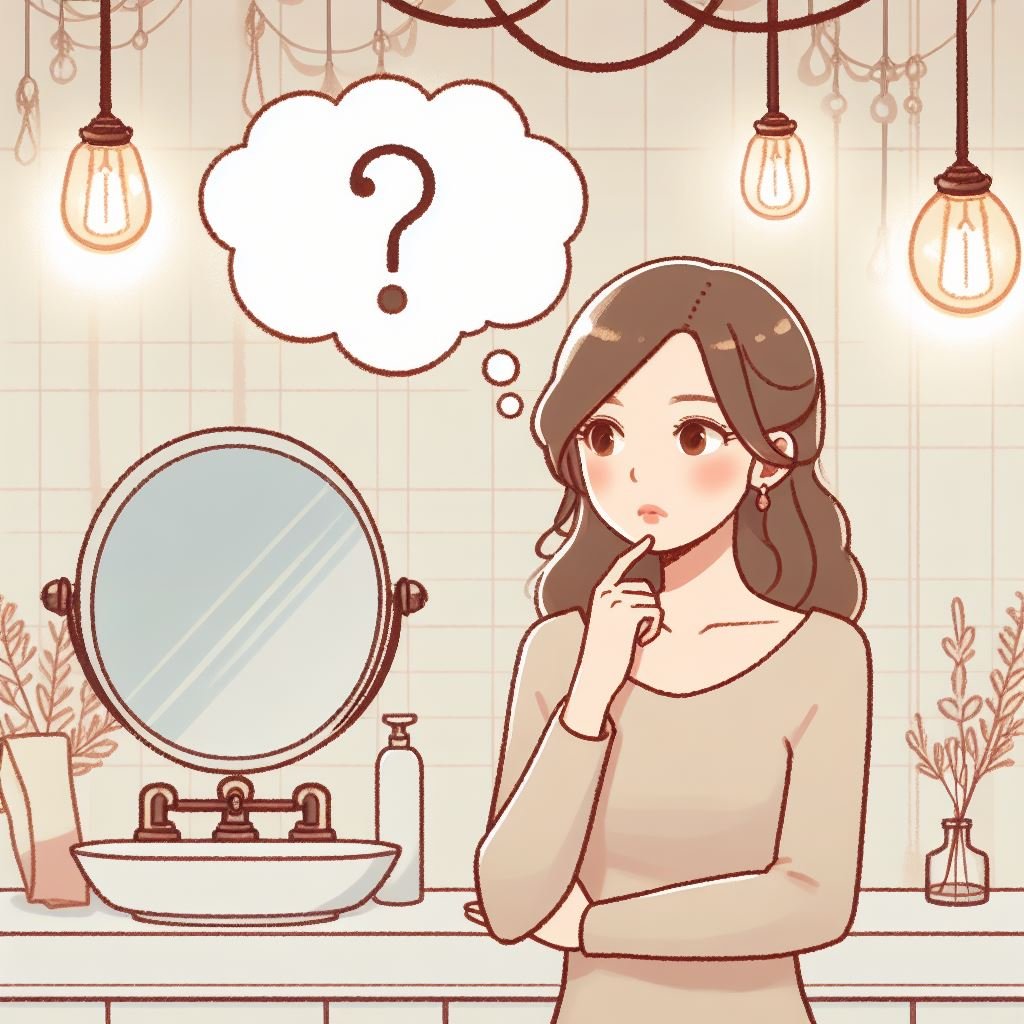The bathroom is a multipurpose room that needs good lighting in the right places for different uses. Overhead lighting provides general lighting, but vanity lights are very important because they direct light over the bathroom sink and onto the vanity area. This piece goes into detail about vanity lights, including what they’re used for, the different kinds, and how they help make a bathroom well-lit and useful.
How to Understand Vanity Lighting
desk lights, as the name suggests, are fixtures that are made to light up the area around a bathroom desk. The sink, faucet, table, and mirror are usually in this area. They are mostly task lighting, which means that their main job is to provide focused light for certain chores like shaving, putting on makeup, or grooming. Overhead lights light up the whole bathroom, but vanity lights only shine on the person using them, so they can see their face and hands.
Types of Bathroom Lights
- There are a lot of different styles, designs, and arrangements of vanity lights to meet the wants and tastes of everyone. Here is a list of some common types:
- Bar lights: These long, thin lamps with many bulbs are laid out horizontally above the mirror to give off a lot of light.
- Sconces: These fixtures are mounted on the wall and generally have one bulb on each side of the mirror. They give the room a classic and classy look.
- Pendant lights: Hanging lights called pendants are often used in modern bathrooms to make a unique focus point and add a touch of style.
- Recessed lights: These lights are put into the ceiling or walls directly, giving the room a clean look while providing good work lighting.
How to Pick the Right Vanity Light
- There are a few things you should think about when choosing the right vanity light for your bathroom:
- The length of the light fixture should be the same length as the width of your screen.
- Number of lights: More bulbs give off more light, but think about what you need and try to avoid too much glare.
- Style: Choose a style that goes with the rest of your bathroom’s look. Styles can be modern and simple, or classic and old-fashioned.
- Type of bulb: Choose LED bulbs because they use less energy, last longer, and can be dimmed to change the amount of light.
- Brightness and color temperature: Pick a light source that is bright enough for your needs and has the right color temperature for you. Light with cooler temperatures (around 4000K) is brighter and more energizing, while light with warmer temperatures (around 3000K) is softer and more spa-like.
Why using vanity lights is a good idea
- Vanity lights do more than just provide necessary job lighting. Here are some of their other great benefits:
- Better functionality: They provide clear vision for daily grooming tasks, stopping shadows and ensuring flawless shaving or makeup application.
- Better looks: They add a decorative touch to your bathroom, making it look better and giving it a focus point.
- Layering light: When used with other types of lighting, like recessed or overhead lights, they make a more comfortable and aesthetically pleasing bathroom lighting design.
- Energy efficiency: New LED bathroom lights use less energy, which helps keep your energy bills low.
More Than the Basics
Even though vanity lights are mostly used for job lighting, they can also help make your bathroom feel more relaxing. You can change the amount of light by using dimmer switches, which makes the room more relaxing for evening activities. The style and design of the vanity lights can also have a big effect on how your bathroom looks as a whole. For a modern look, choose lights that are sleek and modern. For a classic look, choose sconces that have been around for a long time.
Conclusion
Vanity lights are an important part of a bathroom that is well-lit and works well. They give you targeted light for your daily grooming needs, make your space look better, and add to a layered lighting plan. You can make sure that your vanity lights not only do their job but also look great by learning about the different types, picking the right ones for your needs, and thinking about how they will affect the general design.






Leave a comment
You must be logged in to post a comment.